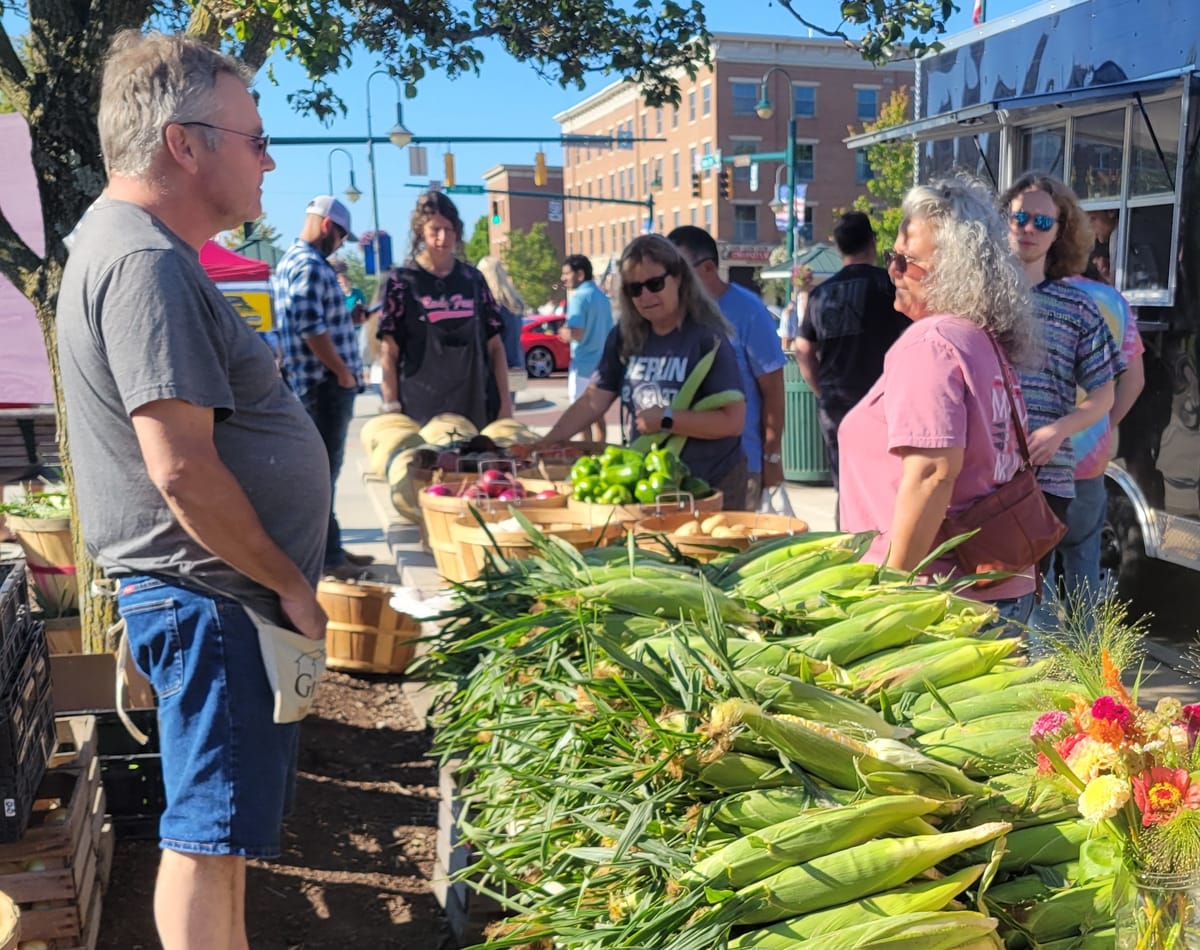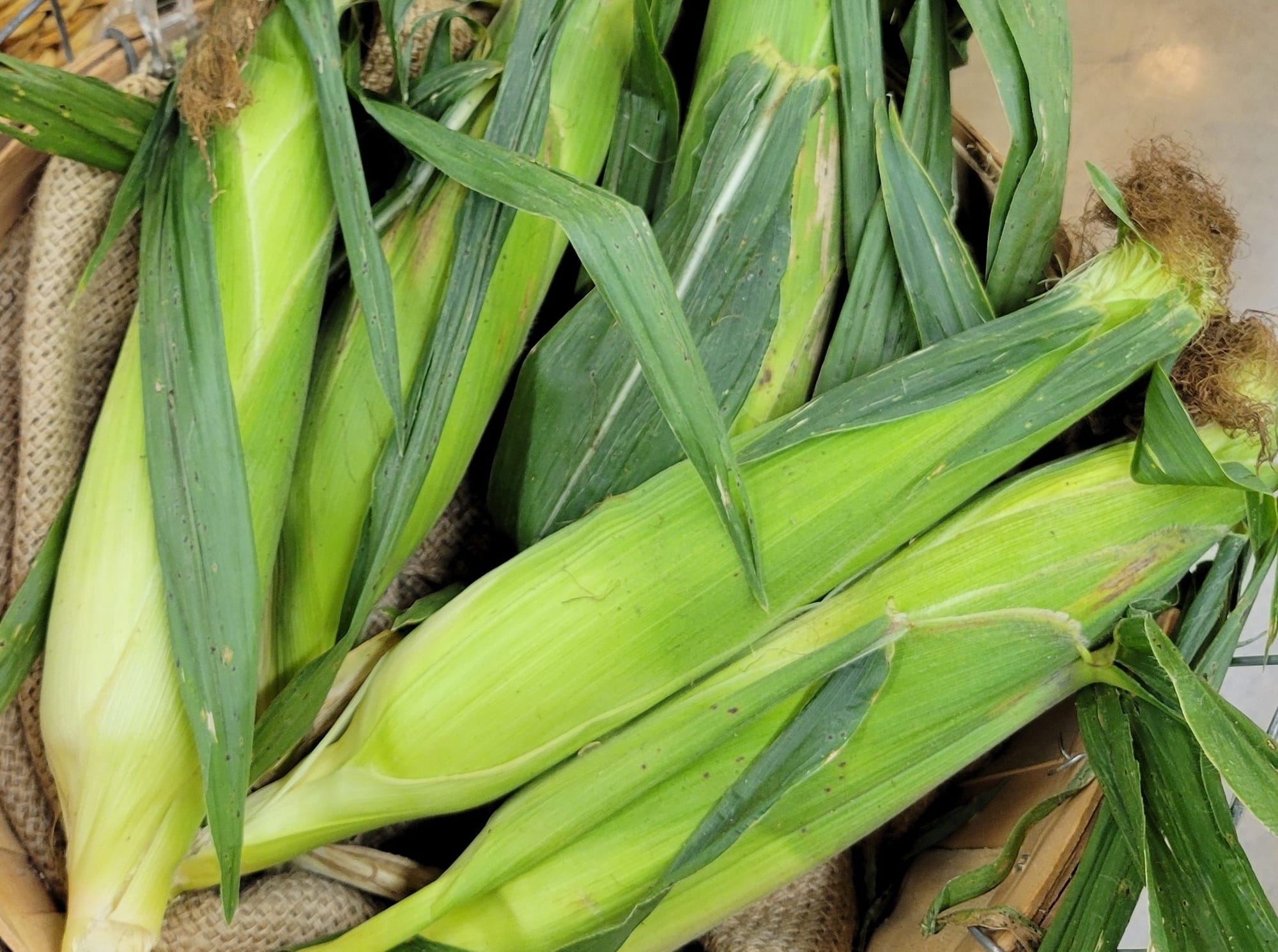On My Plate: Sweet corn
"Corn dominates the rural landscape surrounding Oxford this time of year, but sweet corn for direct human consumption comprises only around 1% of it, according to the Ohio Department of Agriculture."

It’s time for local sweet corn in Oxford. This column is devoted to locally grown, raised and produced products throughout the year, but I suspect that even those of you who rarely buy and consume local food make an exception during the summer for sweet corn.
Corn dominates the rural landscape surrounding Oxford this time of year, but sweet corn for direct human consumption comprises only around 1% of it, according to the Ohio Department of Agriculture. The rest is field corn, used primarily to feed livestock.
Jo Robinson’s “Eating on the Wild Side” notes that the corn on the cob we consume differs from its native ancestor more than any other edible plant. Modern corn is less nutritious than wild ancestors, and more significantly, it is much sweeter.
Over the years, widely available varieties of sweet corn have gotten sweeter through mutations, both natural and laboratory, proving ever-more satisfying for Americans’ sweet tooth. Robinson’s corn on the cob chapter (subtitled “How supersweet it is!”) calls modern supersweet corn “genetic bludgeoning.”
In contrast, most of the local corn at Oxford’s Farmers Market is not overly sweet. Most of our local corn is chewier with a more intense, “cornier” flavor. I consider this to be an asset.

People have strong opinions on how to cook corn. Cooks fall into three camps: stovetop, grilling and microwaving. The “best” answer was a surprise to me.
My 1946 Fanny Farmer and 1964 Joy of Cooking recommend boiling corn for 10 minutes. When I started this column 12 years ago, I recommended steaming the corn more quickly than that and in only a small amount of water. However, Robinson’s book “Eating on the Wild Side” discourages all stovetop methods. “This brutality has got to stop,” she writes. “The less contact corn has with water, the more nutrients stay in the kernels.”
I’ve tried grilling corn on the cob without much success. Recipes call for a lot more work than other methods, including advanced soaking (with or without husks) and frequent turning during cooking. Burnt kernels are not popular in our household.
Much to my surprise, Jo Robinson (who has impeccable eco-credentials) recommends microwaving corn on the cob. One of Oxford’s most respected and important environmentalists, Dr. Gene Willeke, longtime Director of Miami’s Institute for the Environment and Sustainability, was also a passionate advocate for microwaving corn as the most energy-efficient and nutritious method. This column is my way to recall Gene as a friend, mentor and microwave cook.
To prepare corn on the cob for the microwave, I peel away most of the husks, leaving only a thin film of them to protect the ears. Don’t expose the kernels. I microwave 1 ear for 3 minutes, 2 ears for 5 minutes, 3 ears for 7 minutes and 2 more minutes for each additional ear. Our microwave is quite old, so yours might take less time.
One benefit of microwaving is that the husk and especially the silk are softer, so they peel away much more easily and quickly than when shucking uncooked corn. Cook all of your corn when fresh. As sweet corn matures, the sugar is converted to starch; hence, it should be cooked fresh. If any ears are leftover, cut the kernels off the cobs and the next day gently reheat in butter.
James Rubenstein is president of the Board of Directors for the Oxford Free Press and professor emeritus of geography at Miami University.




